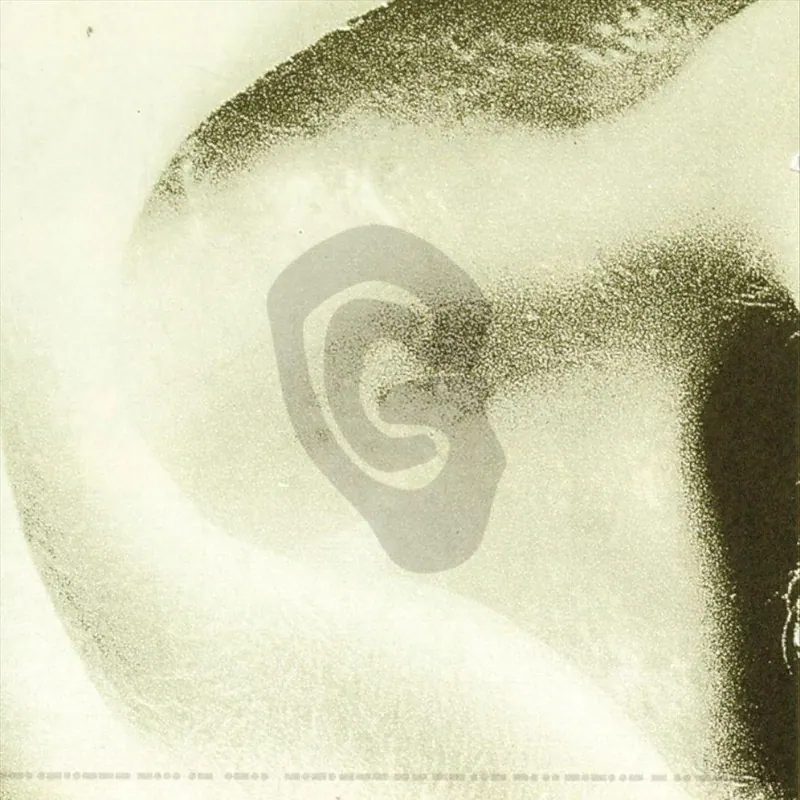Global Communication — 76 14. Story behind the best ambient album of the 90s

They met in Taunton where Middleton was studying graphic design while Pritchard would come as a DJ for friends’ parties. At one such party, Tom approached the turntable and expressed his respect for the DJ’s taste. Back then, Middleton worked with the almost unknown Aphex Twin and, at the next meeting, he brought a bag with cassettes of new stuff by the eccentric Irishman. Tom preferred a melodic sound while Mark enjoyed something more industrial.
But they were united by a love for the new music from the key cities of the US: Detroit, Chicago, New York City. Each had a significant musical background. Pritchard had been a guitarist and a drummer in garage bands before electronic music came to England. Middleton had received a classical education and could play the cello and the piano. They were united by their collection of records by European veterans: Vangelis, Brian Eno, Jarre, Kraftwerk and, especially, Tangerine Dream (8 03 and 5 23 are a homage to Love on the real train)


